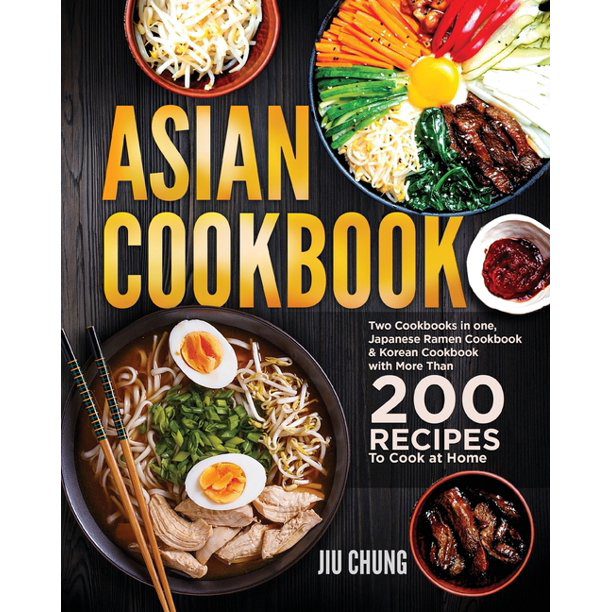Japanese and Korean cooking are popular cuisines in Asia, offering unique flavors and textures. While both have a focus on fresh, high-quality ingredients and balanced flavors, they differ in their ingredients, preparation, and flavor profiles. Japanese cooking emphasizes seafood and umami-rich ingredients, whereas Korean cuisine favors bold and spicy flavors with ingredients like gochujang and kimchi. Japanese chefs focus on minimalism and natural flavors, while Korean cooking involves complex preparation methods like marinating and stewing. Japanese cuisine offers delicate, subtle flavors with a focus on seasonality, while Korean cuisine offers bold, spicy flavors with a slightly sour profile. Signature dishes include sushi, sashimi, and tempura for Japanese cuisine, and bibimbap, bulgogi, and samgyeopsal for Korean cuisine.
Japanese vs. Korean Cooking: Exploring the Unique Flavors of Asia
As two of the most popular cuisines in Asia, Japanese and Korean cooking offer a wide range of unique flavors and textures that set them apart from other cuisines. Both are known for their emphasis on fresh, high-quality ingredients and a focus on balanced flavors, but there are also many differences between the two.
Ingredients
While both cuisines make use of a wide variety of ingredients, they each have their own unique flavor profiles. Japanese cooking, for example, relies heavily on seafood and seaweed, and often incorporates umami-rich ingredients like miso, soy sauce, and sake. Korean cuisine, on the other hand, favors bold, spicy flavors, using ingredients like gochujang (a fermented chili paste), doenjang (fermented soybean paste), and kimchi (spicy pickled vegetables).
Preparation
In terms of preparation, both Japanese and Korean cuisine place a strong emphasis on freshness and simplicity. However, the techniques used can vary significantly. Japanese chefs often focus on minimalism, allowing the natural flavors of the ingredients to shine through. This is reflected in dishes like sushi and sashimi, where the quality of the fish is the star of the show. Korean cooking, on the other hand, often involves more complex preparation methods like marinating, braising, and stewing, which help to create the bold, rich flavors that the cuisine is known for.
Flavor Profile
When it comes to flavor, Japanese cuisine is known for its delicate, subtle flavors and emphasis on umami. There is a strong focus on seasonality, and dishes often incorporate ingredients like fresh herbs and vegetables to create a balanced, nuanced flavor profile. Korean cuisine, on the other hand, is all about bold, spicy flavors. Gochujang, doenjang, and kimchi are staples in many dishes, lending a slightly sour, spicy profile that is distinct from other Asian cuisines.
Dishes
While both cuisines have a wide range of signature dishes, there are certain dishes that are strongly associated with each. For Japanese cuisine, sushi, sashimi, and tempura are perhaps the most well-known dishes, highlighting the focus on high-quality seafood and simple preparation. Korean cuisine, on the other hand, is known for dishes like bibimbap (a rice bowl with assorted vegetables and meat), bulgogi (grilled marinated beef), and samgyeopsal (grilled pork belly).
Conclusion
Both Japanese and Korean cooking offer a unique culinary experience that is packed with flavor and texture. While each cuisine has its own distinct flavor profile and cooking techniques, they both share a focus on high-quality, fresh ingredients and a dedication to creating balanced, nuanced flavors. Whether you’re a fan of delicate, subtle flavors or bold, spicy ones, there’s no doubt that both cuisines have something to offer. So why not take a trip to your local Japanese or Korean restaurant and try some of these delicious dishes for yourself?
